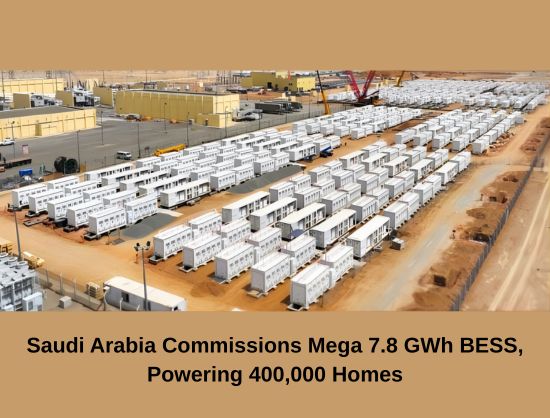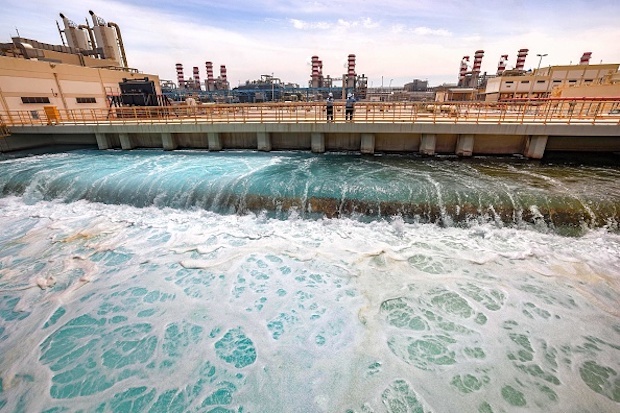Video News / Distribution
Kenya allocates Sh600m to restore rural mini-grids ...
Following the resolution of the Public Investments Committee on Commercial Affairs and Energy, the affected counties of Mandera, Samburu, Wajir, Turkana, Marsabit and Lamu will finally benefit from increased rural electrification.
The energy sector roundtable meeting was attended by key stakeholders such as the Permanent Secretaries for the National Treasury and Energy and Petroleum, the Director-General of the Energy and Petroleum Regulatory Authority (EPRA), and the heads of Kenya Power and Lighting PLC (KPLC), the Rural Electrification and Renewable Energy Corporation (REREC), and the Kenya Electricity Transmission Company.
The Committee, chaired by Pokot South MP David Pkosing, raised concerns over 56 mini-grid stations operated by KPLC, 30 of them hybrid diesel/solar, which they said, are plagued by non-functional lithium batteries.
Parliament approves funding to rehabilitate 13 non-functional mini-grids
REREC would take over mini-grid management and replace faulty infrastructure at an estimated cost of KSh5.2 billion over two years.
However, during the session, members expressed strong reservations over the Treasury’s proposal to reallocate KSh 1 billion from public utilities to offset the Rural Electrification Scheme debt.
Soyi MP David Kiplagat insisted the project’s viability should not be measured purely on commercial terms.”Electricity is a mandatory social need, just like education, security and healthcare. Let us explore a modest levy on fuel or diesel to raise the funds without undermining critical facilities.”
Pkosing emphasised that the immediate priority was restoring the 13 non-functional mini-grids, noting that REREC’s battery replacement programme, costing KSh5.2 billion, had clear funding timelines.
According to the International Energy Agency’s (IEA) latest Energy Policy Review for Kenya, the country is on track to achieve universal electricity access by 2030, with ambitious implementation plans and electrification using clean energy technology positioning the country as an economic and energy development leader in the region.
“As the largest economy in Eastern Africa and a regional leader in energy development, Kenya has made remarkable progress in increasing the rate of access to electricity among its population, putting the country on track to reach universal access to electricity by 2030.
“Kenya has set an ambitious target in its Vision 2030 of becoming a newly industrialising middle-income country with a high quality of life by 2030.”
Kenya is a leader in East Africa for expanding electricity access, increasing the rate from 37% in 2013 to 79% in 2023.














